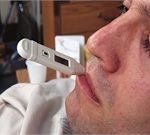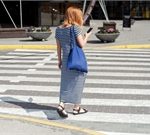
Today’s youngsters are as socially skilled as previous generations, despite concerns about their heavy use of technology, like smartphones and social media, new research shows. The researchers compared teacher and parent evaluations of more than 19,000 U.S. children who started kindergarten in 1998 — six years before Facebook appeared — with more than 13,000 who began school in 2010. That’s when the first iPad came on the market. “In virtually every comparison we made, either social skills stayed the same or actually went up modestly for the children born later,” said study lead author Douglas Downey, a professor of sociology at Ohio State University. “There’s very little evidence that screen exposure was problematic for the growth of social skills,” he added in a school news release. Both groups of youngsters had similar ratings on interpersonal skills — such as the ability to form and maintain friendships and get along with people who are different — and on self-control, such as the ability to control their temper. The only exception to the overall findings was that social skills were slightly lower for children who accessed online gaming and social networking sites many times a day. “But even that was a pretty small effect,” Downey said. “Overall, we found very little evidence that the time spent on screens was hurting social skills for most children,” he added.… read on >





































